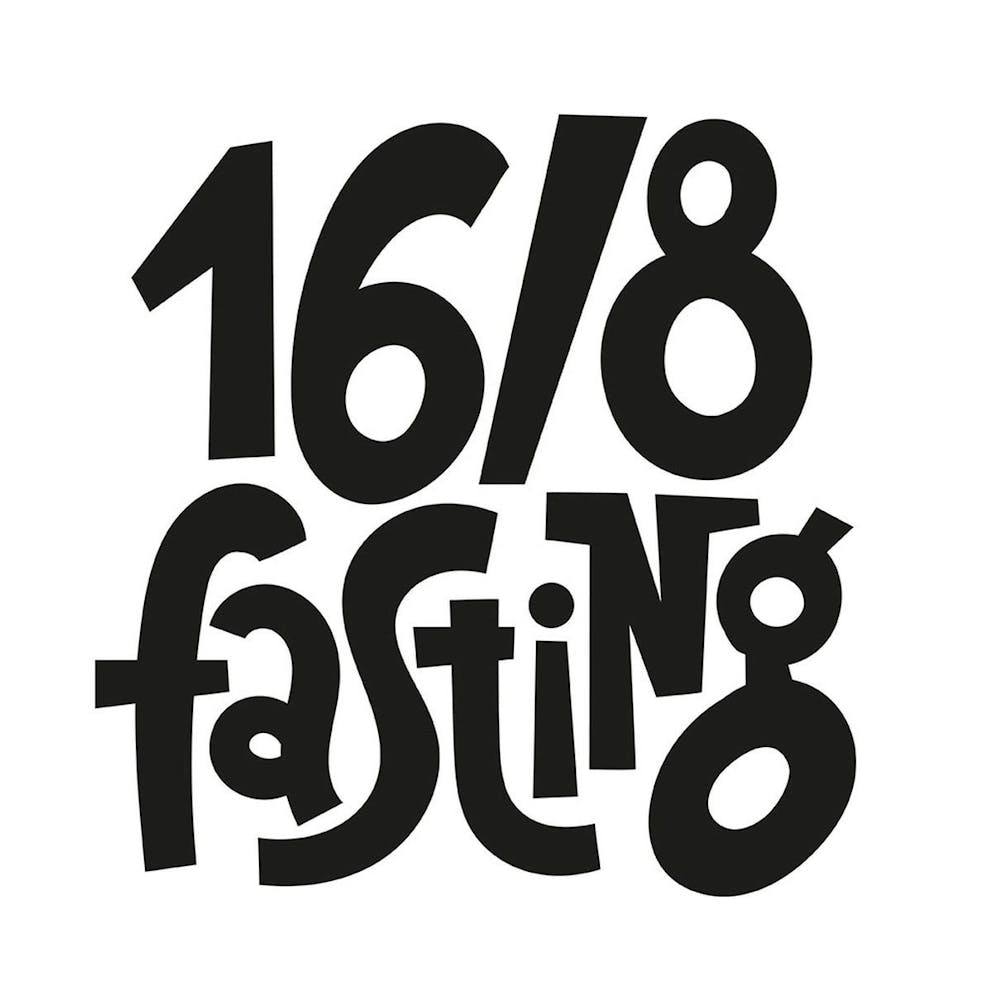How To Do Intermittent Fasting For Serious Weight Loss
Heard of keto intermittent fasting but unsure how it helps you lose weight or how to do it without feeling miserably hungry?
I’ve got you covered. I’ll explain why it works so well, and how you can transition through the different stages to unlock the full power for weight loss so you can shed those unwanted pounds without counting calories or other dieting gimmicks.
Let’s dive in.
RELATED: The Healthy Keto Diet For Beginners: Your Quick Start Guide
In this article:
- Intermittent Fasting Isn’t a Diet
- Why Intermittent Fasting Works So Well
- Keto Intermittent Fasting Helps You Lose Weight by Healing a Major Health Condition
- How to Successfully Intermittent Fast
- Adapting to Intermittent Fasting Takes Some Time but It’s Worth It
The Proper Way to Do Keto Intermittent Fasting
Intermittent Fasting Isn’t a Diet
Intermittent fasting (IF) is a tool, not a diet plan. You’re not told what to eat. Intermittent fasting isn’t about cutting calories to lose weight. It simply changes when you do and don’t.
It sounds simple, but many people wonder if it works. They think fasting means starving themselves and feeling miserable, like you’re going to grit your teeth to try to get through it. It’s not like that at all, though.
When you intermittent fast the way I explain, you gradually transition from your current eating pattern through a few stages that boost your fat-burning ability even higher. Without feeling miserably hungry, you are able to successfully adopt one of the most powerful weight loss tools there is. Let’s take a look.
Why Intermittent Fasting Works So Well

If you’re like many people, you’re probably wondering why on earth you’d consider keto intermittent fasting in the first place. Well, it’s because it’s one of the most - if not the most - important factors in weight loss. Here’s why.
Intermittent fasting for weight loss influences two powerful hormones in your body. One is the human growth hormone (HGH), which is anti-aging as well as the most influential fat-burning hormone to protect your muscles, build lean body mass, and lose stored fat. IF exponentially boosts your production of human growth hormone, especially the longer you fast(1).
The other hormone is Fat Storing Hormone, which tells your body to store fat. You don’t want this! Fat Storing Hormone is such a dominant hormone for preventing fat loss and blocking the human growth hormone.
In other words, Fat Storing Hormone is a hormone that makes you fat(2). It’s why you have belly fat (also known as a gut). If you see someone with a fat gut, they probably have too much Fat Storing Hormone. In the presence of Fat Storing Hormone, you can’t lose weight.
Keto Intermittent Fasting Helps You Lose Weight by Healing a Major Health Condition
So, how does keto intermittent fasting help you lose weight? It can heal Fat Storing Hormone resistance, which is when your pancreas pumps out more Fat Storing Hormone than you need, about 5 to 7 times more(3). Fat Storing Hormone has many functions, such as allowing your cells to take in sugar from your blood to increase energy levels.
When your levels are normal, your body is regulating blood sugar as it should, and your weight stays within a healthy range. But, too much Fat Storing Hormone causes all kinds of problems. When you have too much Fat Storing Hormone, your cells start blocking it, but your body doesn’t get the cells’ message(4). It’s like talking to your child when they have their fingers plugged into their ears. You’re going to increase your volume because they’re ignoring you. There’s no two-way communication.
When your pancreas doesn’t get the message to stop making Fat Storing Hormone, it thinks more is needed, so it keeps sending out more. This results in Fat Storing Hormone resistance where you have high Fat Storing Hormone levels throughout your body except for within the cells that need it. Their Fat Storing Hormone levels are too low, and they don’t get the fuel for the energy they need.
Remember I mentioned you can’t lose weight in the presence of high Fat Storing Hormone? Fat Storing Hormone resistance is the reason why. You’ll be in a pre-diabetic state, and you’re at risk for obesity, heart disease, and cancer.
“Okay, Dr. Berg, I get it! But, how do I do intermittent fasting? And, you should know that chronically high Fat Storing Hormone levels can further damage your healing?”
I’ll explain.
RELATED: Weight Loss Success On The Ketogenic Diet With Dr. Berg And Shane Jones
How to Successfully Intermittent Fast
What I recommend is to start where you are in terms of how often you’re eating each day. Then, gradually decrease the frequency of your meals in your ketogenic diet meal plan, so you progress from not intermittent fasting at all to a keto intermittent fasting lifestyle that puts you into serious fat-burning mode. Ready?
Step One
Let’s say you eat three or six meals per day now, three full meals and three snacks. Hormonally speaking, every time you eat, you spike your Fat Storing Hormone to a greater or lesser degree. That’s every time you eat anything, whether carbohydrates, protein, or fat.
Of course, carbohydrate intake spikes your Fat Storing Hormone far more dramatically than does protein or fat. Regardless, when you eat all day long, you continually spike your Fat Storing Hormone. Your body isn’t designed to graze all day with its resultant Fat Storing Hormone spikes, which is a major reason why you develop Fat Storing Hormone resistance(5).
Thus, the first step in combining keto and intermittent fasting is to reduce your meal frequency to three meals per day and eliminate your snacking. Seriously, there should be no snacking in your high-fat diet!
I know you’re feeling a little panicked that you’ll be ravenously hungry. But, your ability to go from one meal to the next without feeling hungry or without cravings involves eating more healthy fats such as coconut oil, grass-fed butter, or olive oil. I promise - when you increase your intake of healthy fats in following the standard keto diet, you are able to go for longer periods without feeling hungry(6).
Step Two

Once you drop down to three meals per day in your keto meal plan, and you’re not hungry in between meals, you’re ready to take your fat burning to the next level. This means you eat your meals within an 8-hour window and then fast for 16 hours. This pattern is often referred to as 16:8.
How you transition into this 8-hour window is pretty simple: after you get up in the morning, wait until you’re hungry to eat. Ideally, you easily go four hours after waking until you’re hungry and get the hunger signal from your body to eat. For example, let’s say you get up at 6 am and don’t eat until 10 am. Your last meal of the day (dinner) would be 6 pm since it’s eight hours from 10 am to 6 pm.
See how this is substantially different from eating your three meals spread out over a much longer period of time? When you compress your eating into fewer hours, you give yourself more hours of uninterrupted fasting on keto, and a lot of the fast is done while you sleep, making it even easier to fast. Yes, you get a little bit of benefit of keto intermittent fasting in between your meals but not as much as when you get 16 hours straight without food.
Step Three
Once you get to 16:8 intermittent fasting to lose weight and are comfortable with it, you’re ready for the next level of even more serious weight loss. I want you to increase your fasting window to 20 hours per day, and compress your eating window to 4 hours while eating just two meals instead of three. Practically speaking, this means eating your first meal at 12 pm or 1 pm. Your second or final meal is at 4 pm or 5 pm. This pattern is also called 20:4.
You get 20 hours of serious fat burning, with an exponential increase in human growth hormone and a serious decline in your Fat Storing Hormone levels to help heal Fat Storing Hormone resistance and unlock your fat burning(7). If you were to add high-intensity interval training, known as HIIT, that’s the icing on the cake, so to speak. (Just don’t eat it or the cake!) With this, your weight loss kicks into top gear.
Adapting to Keto Intermittent Fasting Takes Some Time but It’s Worth It
It takes some time to transition from step to step when you first start keto intermittent fasting. If dieting has damaged your metabolism, you have to be patient. Take the time you need to be successful in your keto lifestyle and intermittent fasting. It can take several weeks to transition to 16:8 and several months to comfortably transition to 20:4.
Take heart in knowing that you’re helping your body burn fat for energy and training it to reap the incredible rewards of raising human growth hormone levels and lowering Fat Storing Hormone levels through keto intermittent fasting. What are you waiting for? You can start right away to shed the weight you want to lose. Just follow these steps to experience the benefits of intermittent fasting for weight loss.
You don’t have to do it alone. If you want more support, sign up for my free mini-course on how to do intermittent fasting. Go ahead. You’ve got nothing to lose in getting the health benefits of fasting except the weight you don’t want!
Do you have questions about keto intermittent fasting and weight loss?? Ask us in the comments section below!
References
(1) https://www.ncbi.nlm.nih.gov/pmc/articles/PMC329619/
(2) https://www.ncbi.nlm.nih.gov/pubmed/29971406
(3) https://www.ncbi.nlm.nih.gov/pubmed/18397522
(4) https://www.ncbi.nlm.nih.gov/pmc/articles/PMC1204764/
(5) https://www.ncbi.nlm.nih.gov/pubmed/24838678
(5) https://clinicalnutritionespen.com/article/S1751-4991(10)00054-5/pdf
(7) https://www.ncbi.nlm.nih.gov/pubmed/1548337
Up Next:
- Dr. Berg’s Most Important Weight Loss Tip
- Is Fast Weight Loss Healthy?
- The Healthiest Pizza In The World
Disclaimer: Our educational content is not meant or intended for medical advice or treatment.
Editor’s Note: This post has been updated for quality and relevancy.
Previous blog
What Kicks You Out of Ketosis?Next blog
How Much Fat to EatTags

Popular
08/21/2024
53.4K views
02/23/2025
45.3K views
11/18/2024
269K views
03/18/2024
11/21/2022







